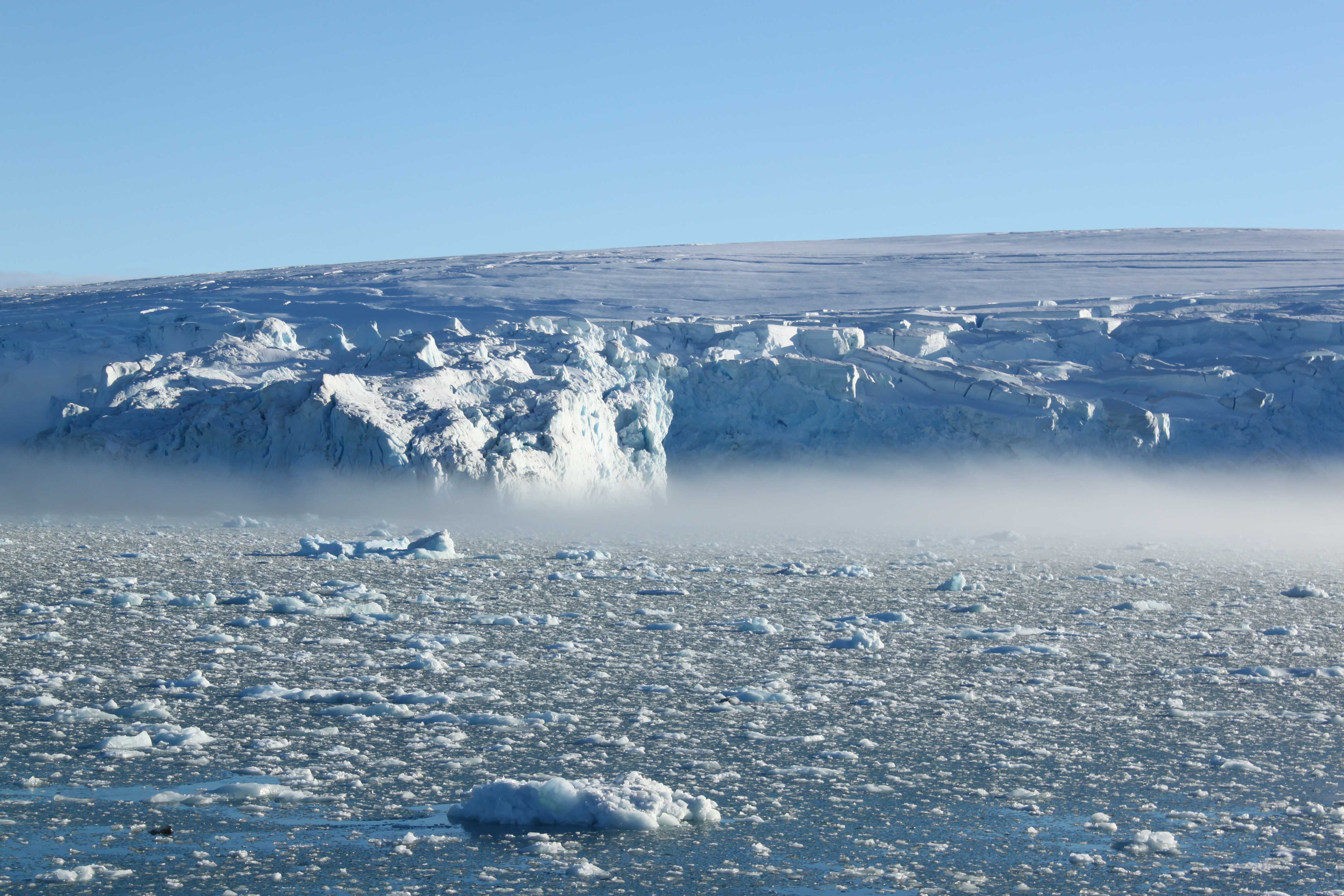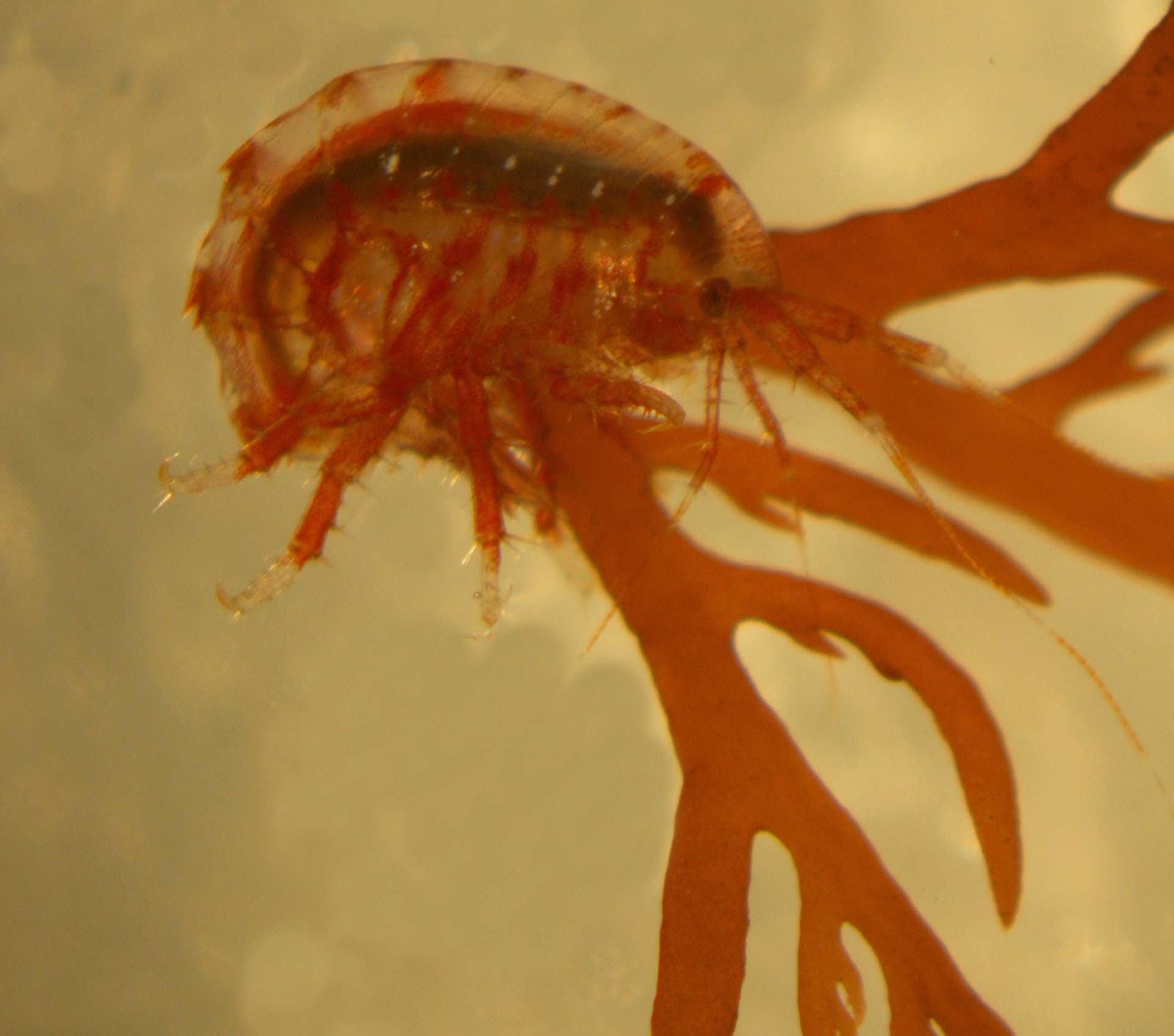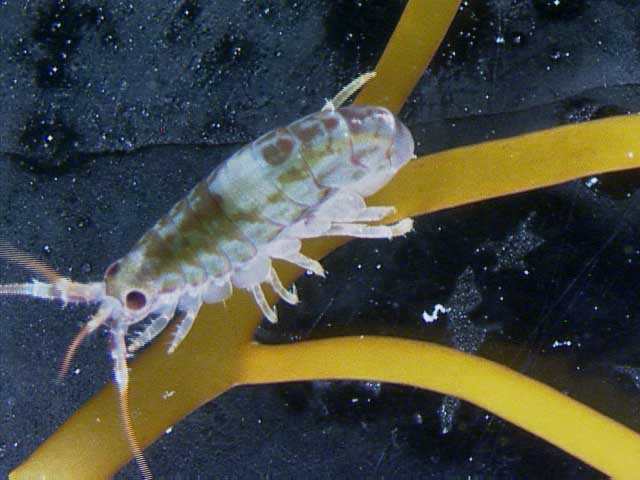
Years ago, after a scientific conference in South Africa, I had the opportunity to experience a short safari. What a thrill is was to witness the expanse of grasslands and savannas and all the amazing creatures found in these lushly rich habitats. Not unlike Antarctica is some ways with stark, vast un-peopled landscapes. The image at right is of course not South Africa.
What brings the “Dark Continent” to my mind in this “White Continent” you ask? Well it is all the time I have been spending with giraffes and gazelles of course. Huh, you say?? Ok, giraffes first.
You probably know giraffes are tall, long legged creatures that feed on leaves in the upper branches of acacia trees. Their stretch allows them to access yummies not within reach of shorter fellow plant-eaters or in biospeak herbivores. How exclusive! So too one of the amphipods our project focuses on has the ability to utilize an alga that is out of reach to most but not because of height but because of nasty chemicals in the alga that render it unappealing to most other herbivores. The amphipod, Paradexamine fissicauda however, eats that red alga, Plocamium cartilagineum, like it is candy! Imaged left is this amphipod, we call it for short Paradex on its snack food the red alga P. cartilagineum.

So why do I equate Paradex with a giraffe? Paradex is painted with red/white splotchy coloration. Its exoskeleton/skin has a lot of spiny, spiky projections. The combination of those two features lend a perfect camouflage for Paradex as it wraps itself amongst the fingered branches of its favored red alga P. cartilaginuem. On many of the recent dives we have collected pillow-sized mounds of the red alga to sort through and hunt out the Paradex for use in the ocean acidification experiment that will be part of Julie’s work.
Julie calculated she needed a total of 720 Paradex for her experiment so I have been on safari through Plocamium for days and days now. But why do I equate Pardex to giraffes other than it being a somewhat exclusive herbivore? It is because just like in Africa, I could watch a giraffe and then suddenly, before my eyes it would disappear - it simply vanished into the savanna woodland without sound, without movement!

Paradex displays similar giraffe magic and can just seamlessly merge out view - if in contact with Plocamium. Its camouflage color and spiny features are a perfect combination for simply dissolving into its favorite alga. To collect them though I just need to tease apart fronds of Plocamium suspended above water and the Paradex will drop like rain into the watery oasis. Very cool! I am happily relieved to report I have now isolated over 800 Paradex for Julie’s experiment. But - she needs another amphipod species – the gazelle mentioned above of course.
So, when not looking for a needle in a Plocamium haystack for Paradex, I have been stalking similarly diver collected brown algae in pursuit of (keeping with the African analogy) of a swift and agile gazelle. A Thomson gazelle actually in my cold sorting hands reverie but in reality, the amphipod Gondogenia antarctica- Gondo for short. Sleek and sharp–eyed with short segmented antennae alternating in shades of orange and red –in my imagination mimicking the short horns ringed at intervals of the Thomson’s gazelle - Gondo, is a commonly used amphipod for feeding studies in our lab. It is very abundant on the local large brown algae. It is smaller than Paradex though so Julie determined she would need twice as many as Paradex or just over 1400!
Unlike Paradex, Gondo does not sit still and will bolt from its preferred brown alga host with the slightest disturbance. But we biologists are as crafty as the lion and fast as the cheetah with a special pipet to slurp up the intended zig zagging Gondo and transfer it to a meshed cage bearing other kindred for Julie’s ultimate use. Julie will soon explain how she, the giraffe Paradex and the gazelle Gondo will spend the next couple of months getting to know each other.
In the meantime, I would like you to get to know these amphipods in a more real sense – well in a virtual way. No pith helmet or parka required. Check out this YouTube video of several different species of amphipods filmed in the wild kingdom of Antarctica. Marlin Perkins should be the narrator…